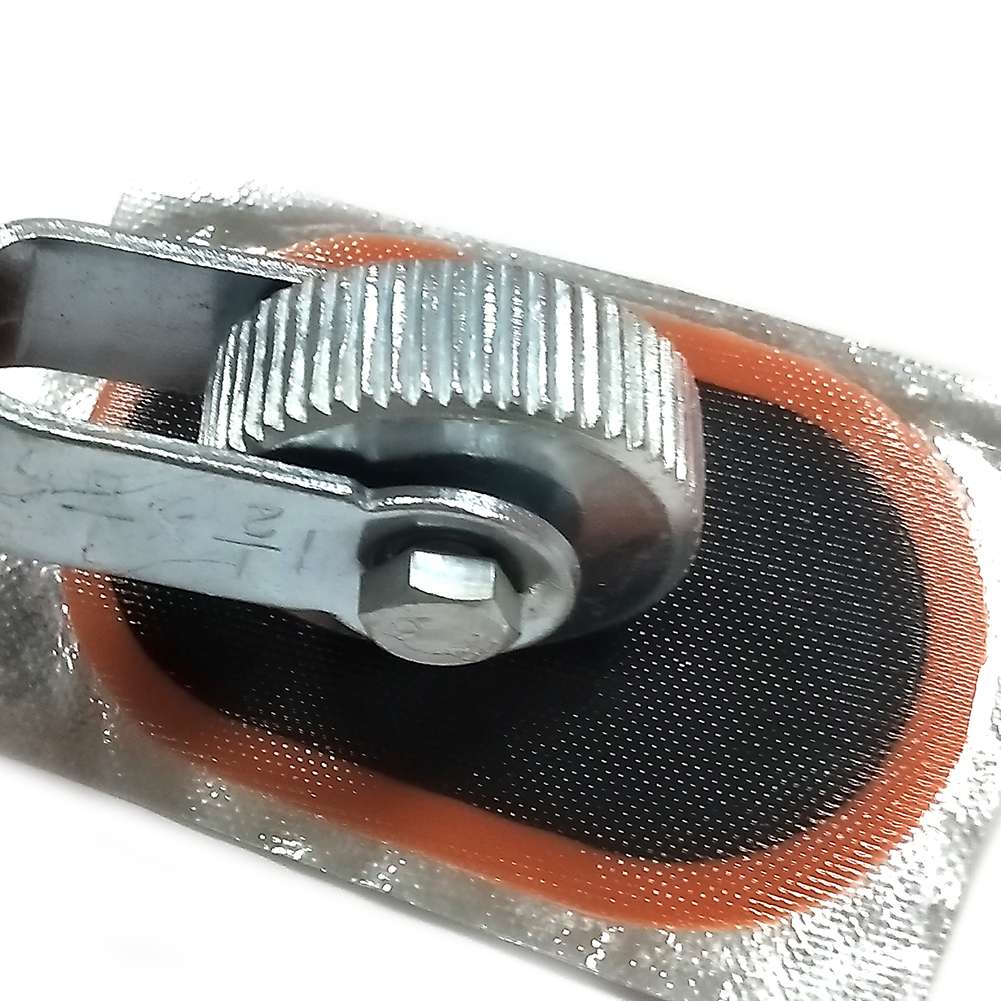
Getting a flat tire can put a damper on your day and your wallet.
Tires can go flat due to many issues including:
· Glass or metal shards
· Hitting a pothole hard
· Impact with a curb
· Leaking valve stem
· Nails or screws on the road
The most common cause of a leaking tire is a puncture from a nail or screw.
When a nail punctures a tire, it can either stay embedded in the tread or can enter and come straight out. The tire pressure leaks from the puncture hole and the tire eventually goes flat.
In either case, a puncture can be repaired if it occurs in the tread section of the tire.
· Tip: If you have a slow leak in your tire, have it repaired soon after. If you top up the tire pressure without repairing the puncture, rust and corrosion can form in the steel belt layer, causing further damage such as belt separation and steering wobble.
· Note: A proper tire repair includes removing the rubber tire from the wheel rim. While kits are available on the market to plug a tire from the outside, it is not an approved repair method and does not meet Department of Transportation (DOT) standards.
A proper tire repair can be done in one of two ways:
· A single repair with a combination plug and patch in one
· A two-piece repair with a filler plug and a covering patch
· Note: A two-piece repair is seldom used unless the puncture is on an angle greater than 25 degrees to the tread. It is a repair done in professional settings.
Here’s how to perform a tire repair with a combination patch.


